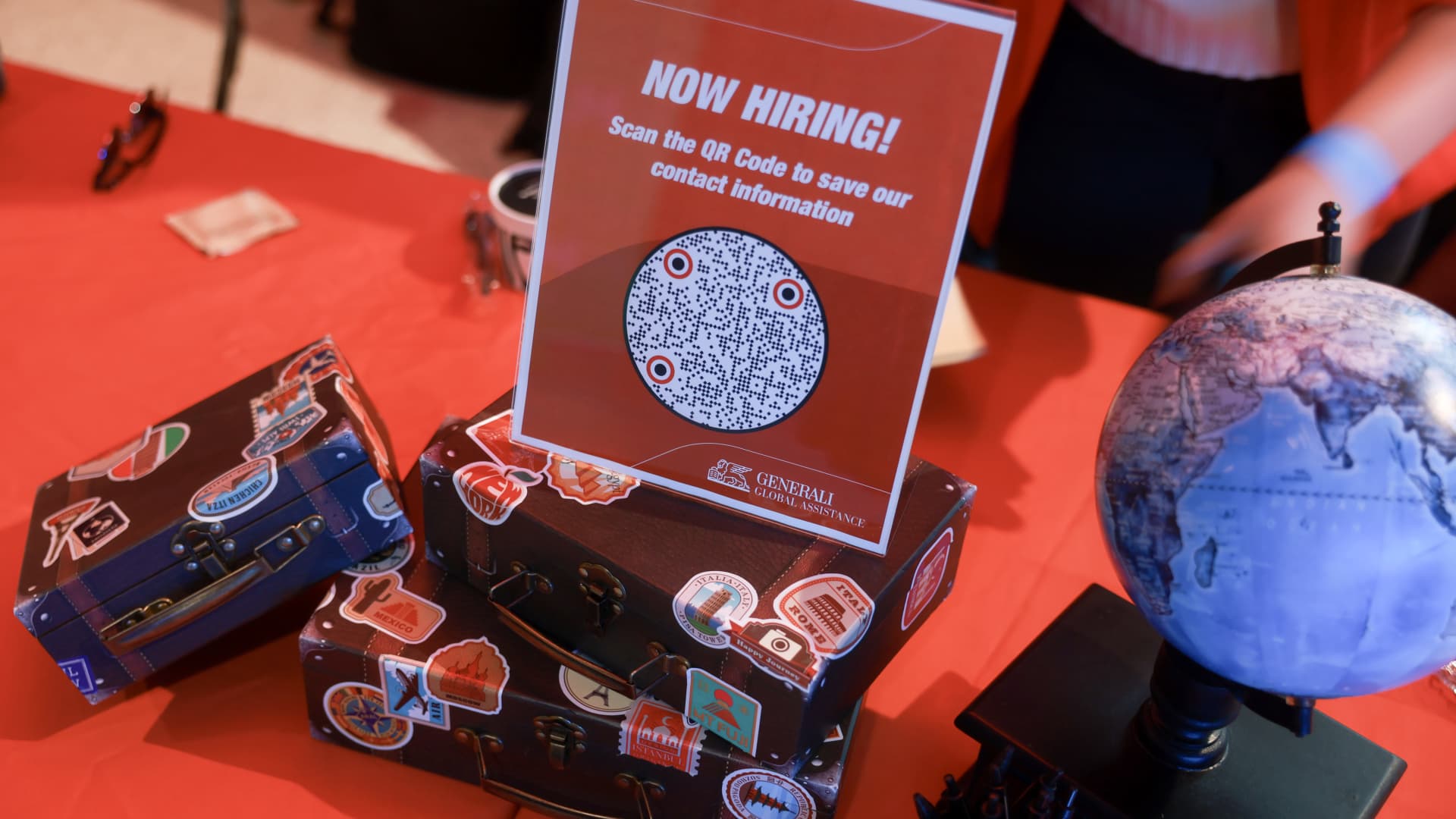In another sign of cracks forming in the U.S. labor market, a New York Federal Reserve survey Monday showed a slide in people reporting they are employed, a surge in those looking for work and growing dissatisfaction with pay.
The thrice-yearly measure of labor activity, confidence and satisfaction reflected growing concern in July about job security and an increase in those expecting to work past typical retirement age. Workers are still looking for higher starting salaries but are getting lower offers.
The results come with the unemployment rate ticking higher and Wall Street and Fed policymakers watching the developments closely for clues about where things are headed for the U.S. economy.
Among the findings was that, of those who were employed at the time of the last survey in March, 88% still had jobs, the lowest in data that goes back to 2014. Similarly, those who expected to become unemployed rose to 4.4%, a 0.5 percentage point increase from a year ago and the highest in the survey’s history.
Moreover, the level of those searching for a new job in the previous four weeks popped to 28.4%, up 9 percentage points from a year ago and another historic high going back to March 2014.
On wages, satisfaction with current compensation dropped to 56.7%, down more than 3 percentage points from the same period in 2023. Satisfaction with benefits tumbled to 56.3%, off more than 8 points from a year ago, while satisfaction with opportunities for promotion slid to 44.2%, down from 53.5% last year, and was most pronounced among women, those without a college degree and respondents with household incomes less than $60,000.
The typical wage offering for full-time jobs in the past four months declined slightly to $68,905 while the average “reservation wage,” or the minimum level workers would accept for a new job rose to $81,147, up about $2,500 from a year ago but fractionally below the record high in the last survey.
Finally, the expected likelihood of working past age 62 nudged up to 48.3% of respondents and increased to 34.2% of those saying they expect to work past 67, an increase of more than 2 percentage points.
While the unemployment rate of 4.3% would be considered low by historical standards, it has been on the rise lately and spurring fears of a broader erosion in the economy. July saw a gain of just 114,000 in nonfarm payrolls, so the August report, to be released in early September, will be closely watched.
Following their most recent meeting, Fed officials described job growth as having “moderated.” The central bank is widely expected to reduce its key borrowing rate by a quarter percentage point at its next meeting in September, the first move lower in more than four years.





